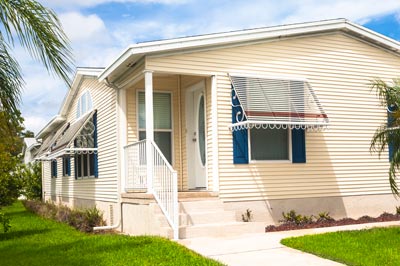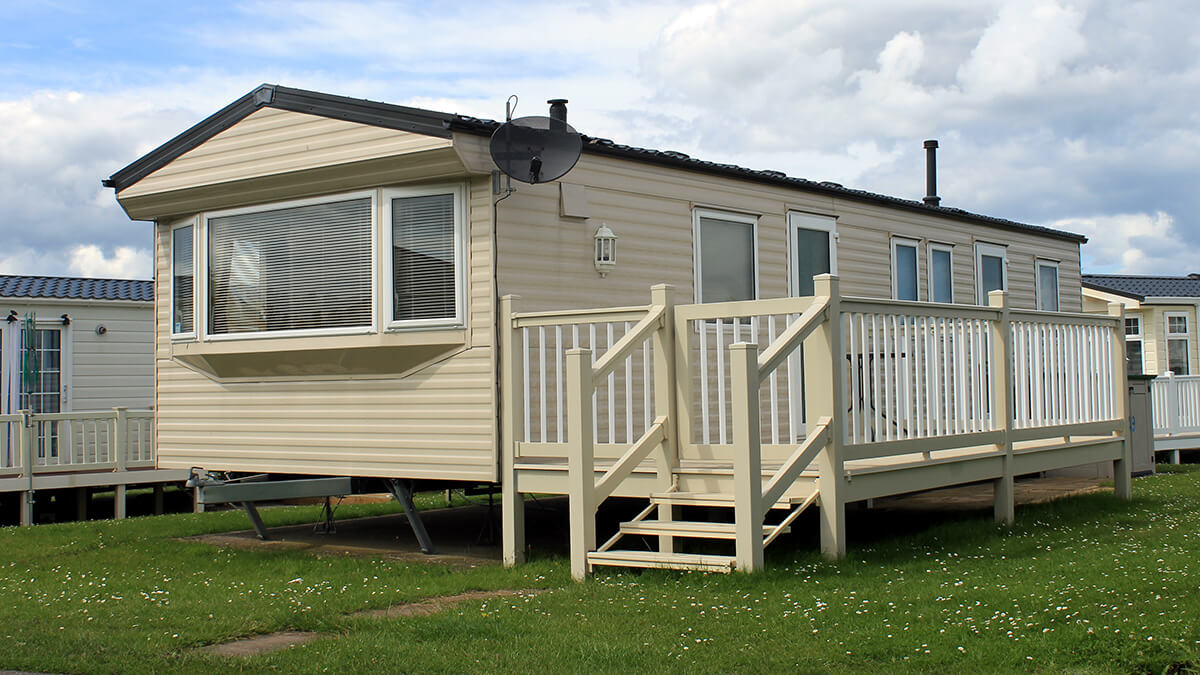How Long Does a Roof Last? (6 Warning Signs It May Be Time for a Replacement)
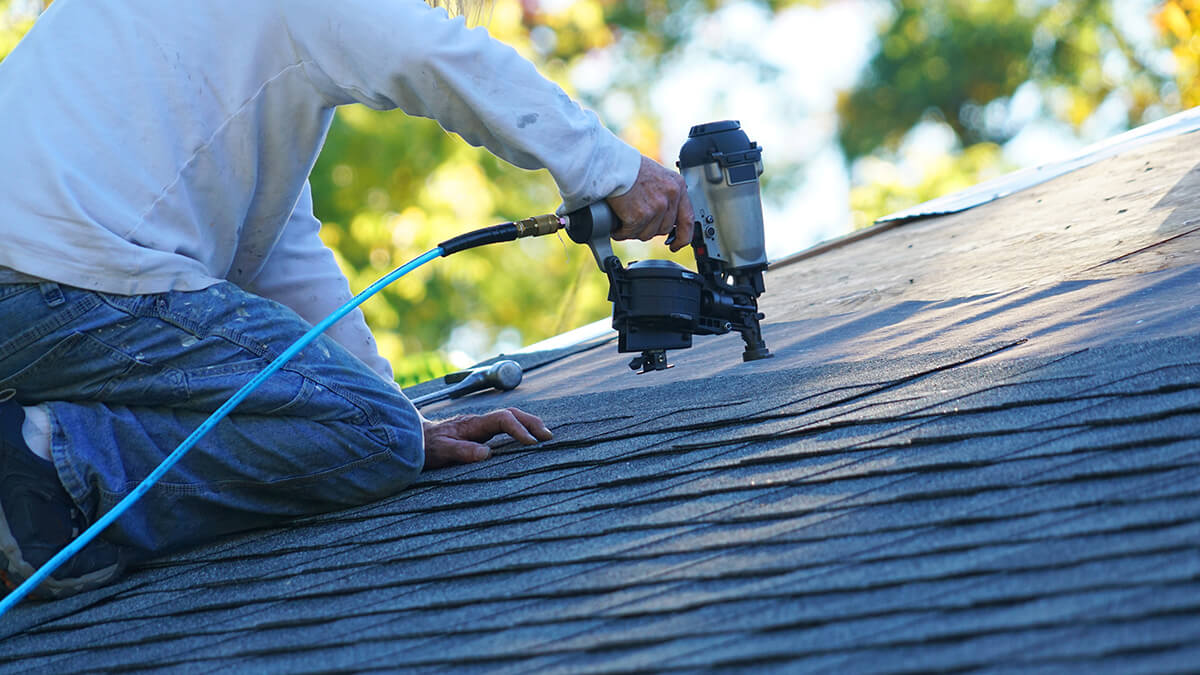
You may overlook your roof, but it's one of the most important structures of your home – and the most vulnerable. It protects you from the elements like rain, snow and sun, but it won’t last forever!
It’s important to check your roof a couple times a year to make sure incremental damages don’t become serious problems. Healthy roofs can help prevent storm and hail damage, and consistent repairs could potentially save you money in the long run. Keep reading to learn what signs to look out for to help determine if your roof needs repairs, or replacement.
How long does a roof last?
According to many sources, like Good Housekeeping magazine, shingle roofs should last between 15-30 years (if you have a different type of roof, such as metal or clay tile, you may have to follow different rules). If your home is new or the roof was recently replaced, you should be in the clear. However, it doesn't hurt to do a checkup after getting hit with severe weather like a hailstorm, ice and snow or crazy rain.
What are some signs of roof damage?
Depending on the type of roof your home has, the signs of damage may vary. Asphalt shingle roofs are said to be especially susceptible to wind damage; they can be a cost-effective option, but they’re lightweight and may require more frequent maintenance. You’ll want to be aware of loose or missing shingles, or moss or algae growing on the roof. Other roof types, such as metal or concrete tile, can offer greater protection due to their durability, meaning the roof can withstand higher winds and stronger weather before risking damage. For these roofs, you will want to watch out for cracks, clogged gutters and signs of water damage from leaks.
Regardless of your roof type, frequent inspections can help prevent long-term damage, catching leaks, cracks and rot early in the process. Some professionals recommend checking your roof twice a year – once in the spring, and once in the fall – to help ensure your roof is ready to withstand more severe weather during winter and summer storm seasons.
Here are six warning signs that you may have roof damage:
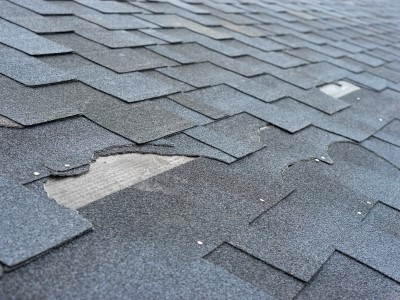
Loose or missing shingles
Wind and hail can cause serious damage to your roof, especially if you have a shingle roof. By regularly checking the shingle tabs on your roof, you can potentially catch minor damages before it causes a larger issue – like leaks, ceiling damage, or flooding.
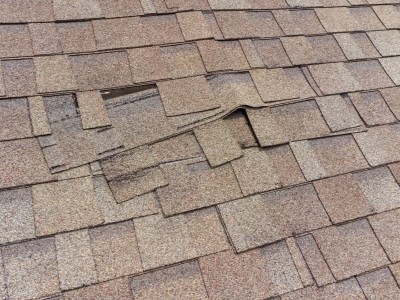
Cracked or curling shingles
As roofs age, heat and moisture can cause shingles to crack or splinter. You may be able to see this from the ground. The shingle can curl up at the edges, preventing efficient sealing from rain, snow and debris. Durable shingle roof materials, such as slate or concrete, are less susceptible to warping, and could be a good investment if your area experiences large volumes or rain or high temperatures. Metal roofs don’t have shingles, but it’s still important to check for cracks or curling edges to help ensure a proper seal from the elements.
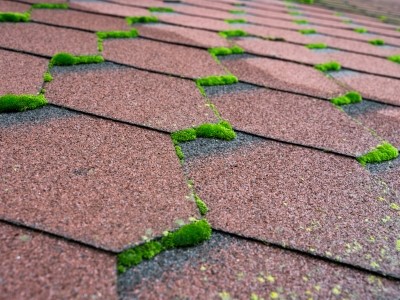
Shingles covered in moss or algae
Built to withstand the elements, roofs provide a barrier between your home and the world around you. But they are still susceptible to damage from vegetation and debris, such as moss and algae. These small plants prefer dark and humid environment, and the ridges of a roof provide an inviting home. As the plants grow beneath your roof shingles, they can cause gaps in the sealing structure, leading to water damage or broken/missing shingles. It could help to consult a roof professional if you have vegetation growth on your roof to see if there are options to prevent further damage.
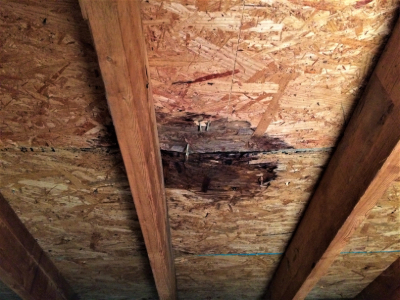
Holes or water damage in attic
You may love to see the sun shining, but not through the roof. If you have an attic space in your home, it can be helpful to check the roof from inside. If you notice sun shining through the roof, you may want to check outside to see if there is damage to the shingles in the area or a crack in the roofing material. Signs of water, molding or rotting in your attic may also be a sign that there is a problem with the roof. A roof specialist can help determine where the damage originated.
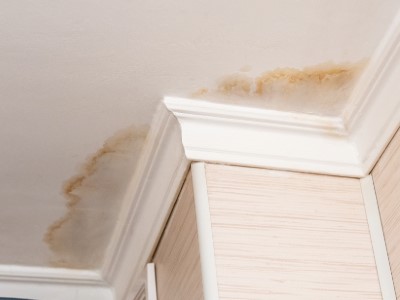
Extensive leaking
Leaks and unexpected water damage are one of the most tell-tale signs of issues with your roof. All types of roof damage have the possibility of breaking the roof’s seal, creating an opportunity for water and snow to get through and collect in your home. Ceilings may become discolored or stained, begin to warp, or show signs of rot and molding. If you notice any of these signs, it’s helpful to contact a specialist as soon as possible, as damage has already begun to occur.
According to Home Advisor, a roof replacement can range anywhere from $6,000 to $12,000. The size of your home, the materials used and your location will affect that price range. It's no small sum, but in return for the investment, you'll likely add thousands of dollars to the resale value of your home and ensure a safe and habitable dwelling for years to come. Don't need a new roof right now? Do a quick check at least twice a year to see if maintenance is needed. If you notice problems like missing shingles or signs of water damage, it would make sense to call a roofing specialist to make the repairs as soon as possible – it could save you a bundle by prolonging the life of your roof and stopping costly leaks in their tracks.
